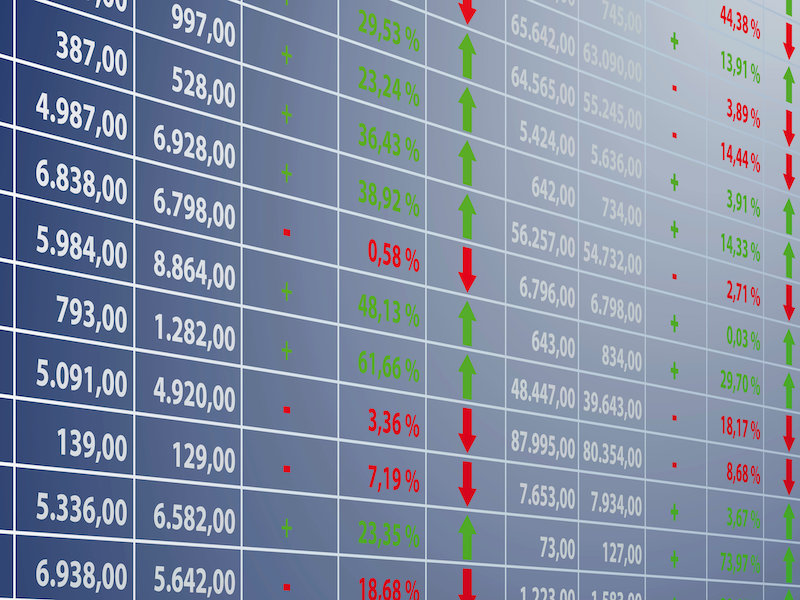

The average Canadian defined benefit pension plan saw its funding position deteriorate slightly on both a solvency and accounting basis in November, according to a new report by LifeWorks Inc.
According to the report, the index covering the estimated average DB plan saw its solvency ratio dip, from 111.5 per cent to 110.8 per cent. Its balance sheet index also dropped, from 115 per cent to 113.6 per cent.
In November, investment returns averaged 0.4 per cent for Canadian DB plans. The modest gains were fuelled by the global equity market, which generated returns of about one per cent in Canadian dollar terms. In part, this is due to the strength of the U.S. dollar, with unhedged Canadian plans benefitting from its 3.3 per cent gain on the loonie during the period.
Read: Domestic equity returns bolstering Canadian DB pension plan solvency: report
Gains from domestic equities were less impressive, with the S&P/TSX composite index registering losses of about 1.6 per cent over the month.
Investor sentiment played a large role in influencing the flaccid performance of equities in November, wrote Julianna Spiropoulos, partner and head of investment strategy, asset and risk management at LifeWorks, in an email to the Canadian Investment Review,
“The potential for rising inflation and/or lower-than-expected economic growth, combined with high equity valuations, is contributing to nervousness in the market. . . . The market is very reactive to news and a new variant [of the coronavirus] is an acute potential threat to the recovery economy.”
The long-term impact of the Omicron variant on equities is difficult to predict, she added. “As with [the Delta variant], the sentiment changes day to day as new information comes out on how transmissible and clinically severe Omicron is.”
Read: Canadian, U.S. DB pension plan solvency dipped in July: reports
With central banks in Canada putting a damper on monetary policy initiatives buying up government bonds, local bond indices moved into positive territory and yields decreased during the month. Yields on indexed government bonds decreased by 13 basis points while equivalent indexed bonds dipped by 22 per cent.
“Bond yields have remained persistently low for 10 to 15 years and have supported a significant injection of liquidity into the economy and markets,” wrote Spiropoulos. “However, fears of more permanent inflation and stronger economic growth, particularly in the U.S., may be starting to reverse this trend.”
In the short term, she noted she believes a transition to more normal bond yields could also affect investor sentiments. “While this would likely be good news over the longer term, the transition to more normal yields might be painful for growth assets given how used the markets are to free money.”
Much is dependent on how central banks approach the task of ending monetary policy initiatives in the coming months, added Spiropoulos. “. . . Any overstep could lead to a market correction or other unintended consequences. The reality could still be that what we used to think of as normal might not be normal again for a very long time.”
Read: Decline in bond yields signals market observers to be on ‘inflation watch’: report
